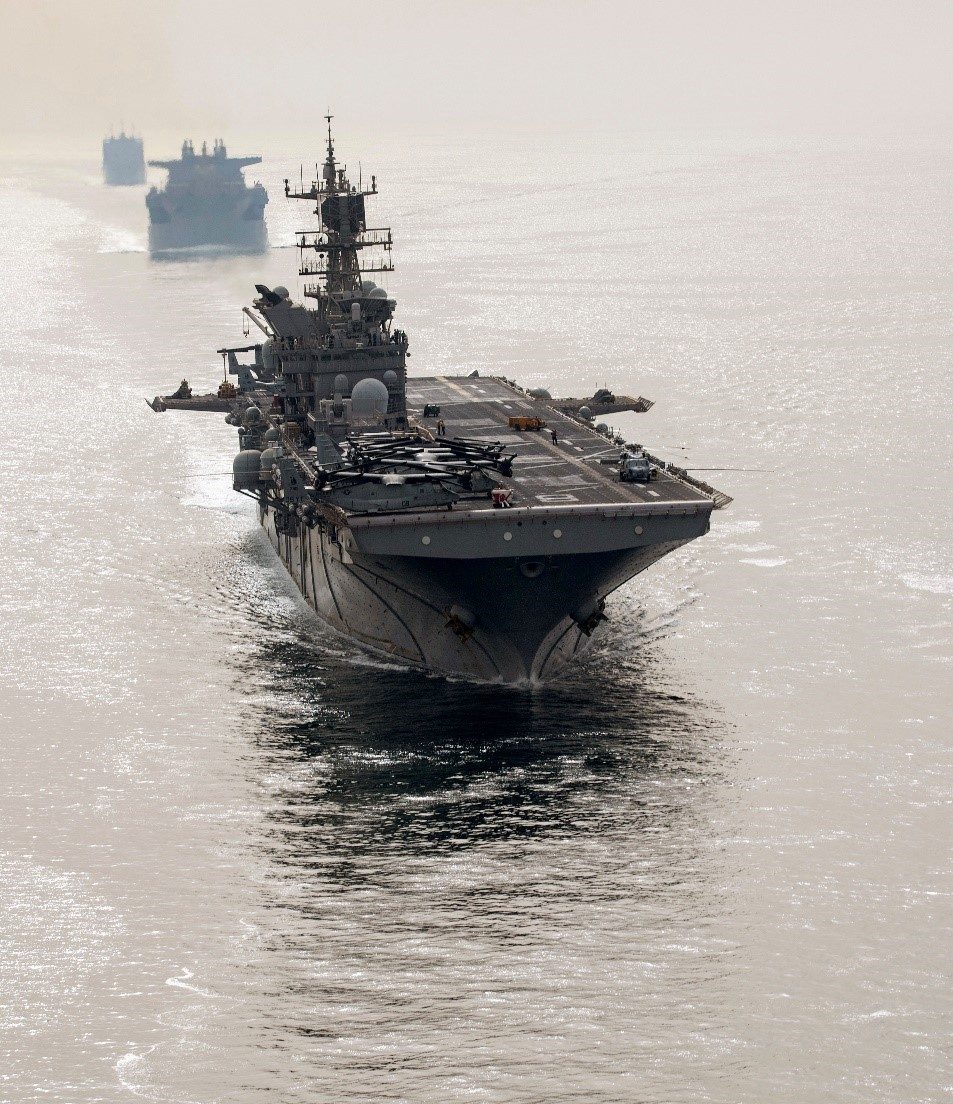Lockheed Martin Is Protecting the Sailors and Marines Who Protect Us All
With the Latest Software Upgrades, Warships Will Remain Ahead of Continuously Evolving Threats
SSDS Baseline 12 ensures that aircraft carriers and amphibious warships remain safely ahead of continually evolving threats, such as anti-ship cruise missiles, aircraft, and unmanned aerial vehicles. SSDS Baseline 12:
- Integrates a new solid-state radar for improved air defense
- Advances anti-ship cruise missile weapon control by integrating the latest version of Evolved Sea Sparrow Missile (ESSM) – Block 2
- Integrates the Surface Electronic Warfare Improvement Program (SEWIP) Block 3 electronic warfare system, and
- Adds significant cyber defense capabilities
Lockheed Martin recently became the Combat System Engineering Agent (CSEA) for the SSDS program and developed this crucial capability to protect U.S. Navy Aircraft Carriers and Amphibious Warships in record time.

With SSDS Baseline 12, Lockheed Martin Advances the U.S. Navy’s Vision for an Integrated Combat System (ICS)
“Our SSDS team has vaulted to the forefront of our efforts to modernize the way naval combat systems are developed and delivered,” said Sheridan. “Our digital transformation efforts including DevSecOps, virtualization, and model-based system engineering, together with our industry partners, were key to enable SSDS software updates to take place faster, while meeting the U.S. Navy’s high standards for quality.”

Future Warfighting Capabilities Secure with Lockheed Martin Engineering Experience
After being competitively awarded the contract in August 2019, a protest delayed our ability to start working until the end of that year. Just a short time later, our engineering team has mastered the new software code base, overcome challenges of the COVID-19 pandemic, and partnered with the government installation team to enable faster capability delivery to the USS GEORGE WASHINGTON (CVN-73) and the PCU FORT LAUDERDALE (LPD-28).
With over 50 years of constant evolution and innovation, Lockheed Martin has a trusted history of producing, integrating, and delivering combat systems and radars. This new capability marks a major milestone in the continued evolution of the Ship Self Defense System and showcases the deep-rooted understanding and experience we have of SSDS. While maintaining engineering rigor, we have evolved to develop and deliver self-defense upgrades successfully and faster to the fleet.




